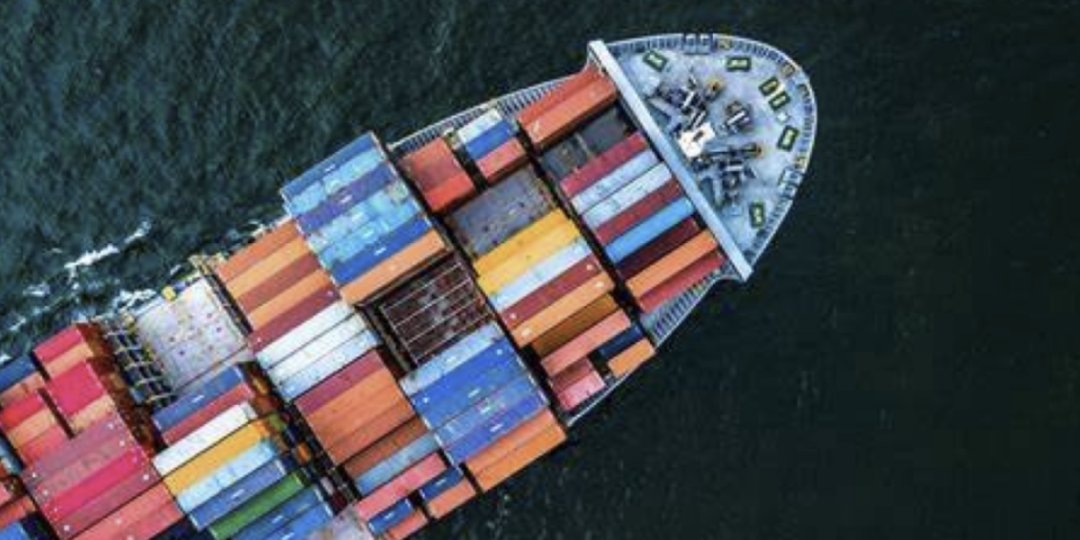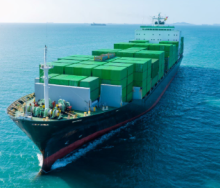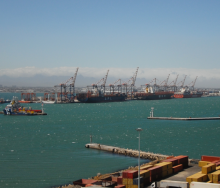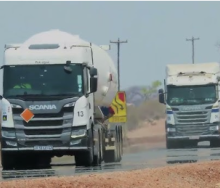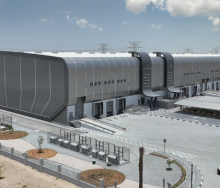The reshaping of container alliances and their East-West liner schedules for 2025 took a big step forward this week with the release of a second draft network plan by the Gemini Cooperation partners, Maersk and Hapag-Lloyd, a new list of services for THE Alliance (ONE, HMM and Yang Ming) - which is to be rebranded Premier Alliance when it formally starts in February 2025 - and a fresh network brochure from the soon-to-be independent again MSC.
That’s according to maritime consultants Drewry who point out that on top of that, there was news of slot exchange agreements between MSC and Premier on Asia-Europe, and between MSC and Zim for the Transpacific.
“We know more about what the landscape for East-West container services will look like in 2025 after this week, but there is still plenty of uncertainty, with the final network to be dictated by external events,” says the maritime research organisation.
“Earlier this year, Drewry hosted a webinar to consider the future competitive positions of liner alliances post-Gemini, during which we correctly identified new partnership opportunities for MSC and the remaining THE Alliance members, as well as between MSC and Zim.
“The defection of Hapag-Lloyd to Gemini from THE Alliance put the left-behind trio in a difficult position to fill the capacity shortfall, but we viewed MSC as being amenable to a looser cooperation with them that would enable it to enhance its service offering, without constraining it to a more rigid alliance deal, such as it had with Maersk in 2M.”
The MSC and Zim agreement was easier to predict, says Drewry, as the two carriers already had pre-existing cooperation agreements in the Asia-WCNA and ECNA trades (the latter via 2M), as well as a range of other joint services connecting South Asia with the East Mediterranean, the East Med with North Europe, and East Asia with Oceania.
“Were it any other two carriers of radically different sizes, such a large-scale cooperation across multiple trades would make us think a takeover approach was imminent. The reason we dismiss it as a possibility here is MSC’s historic policy of organic growth and Zim’s de facto status as a strategic national asset for Israel.”
But while the flurry of news on alliances and network plans does answer questions, including the most pressing ones facing carriers in THE Alliance/Premier, there are still many more outstanding.
“This is because, with no end in sight to Houthi attacks on shipping and Red Sea diversions, both MSC and the Gemini carriers thought it prudent to create two versions of their new network plans, offering up Suez and Cape of Good Hope routing contingencies.
“During a meeting ahead of the press release, senior members from both Gemini partners told Drewry that a decision will be made in October as to which version will go live from February next year.”
Neither would be drawn on which version they think is the more likely to be activated, nor would they give a timeline for the expected full-scale resumption of Suez Canal transits. “But with one Gemini representative saying that there is ‘no credible end in sight’ to the diversions and that they will only consider Suez when it is completely free from the risk of attack, we can confidently assume that the Cape of Good Hope version is the current default network setting.”
Source: Drewry.
